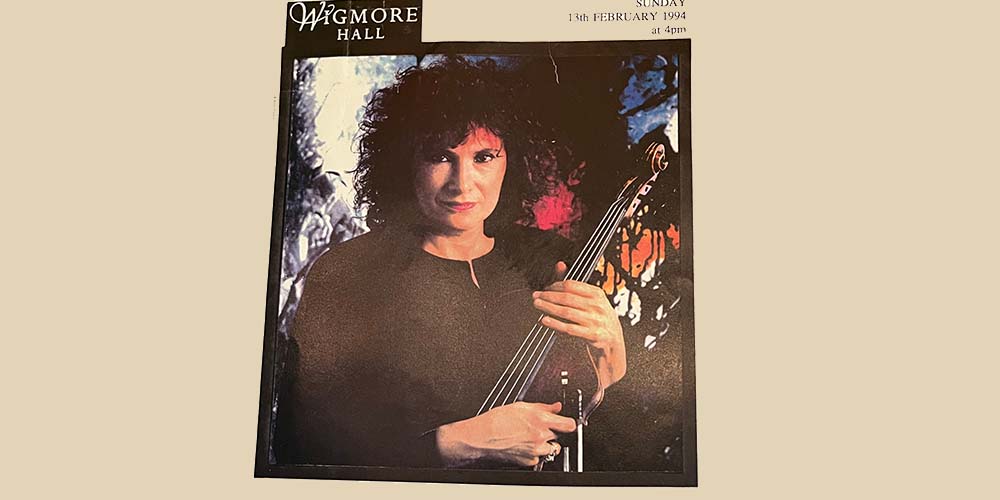Artistic restraint within a new medium may signal aesthetic maturity, yet in the case of electro-acoustics one can be too polite. Rather than exploit every possible device the Canadian composer David Jaeger’s Sarabande for Viola and Tape, composed for Rivka Golani and played at her Wigmore Hall recital on 13 February, deployed tape feed-back purely to echo and enhance the viola’s resonance. As such it provided an effective foil to Golani’s almost tangible intensity of tone and olympic virtuosity, but relegated the electronic medium to a merely background role. The evocative soundscape is varied through microtonal fluctuations of open intervals, more sustained polyphony with percussive knocking over a tape loop, and a frenzied climax, tremolando scales in canon with the tape, finely coordinated towards the high conclusion.
Golani’s prowness in contemporary music gained emphasis in the remainder of the programme, when she was accompanied by John Lenehan. Paul Patterson’s Tides of Mananan. the test piece for the 1988 Tertis Viola Competition, depicts the Irish folklore sea hero in expansive lines and brash chordal textures. But J. S. Bach’s Viola de Gamba Sonata BWV 1028 was anachronistically, if sweetly, expressive, whilst Brahms’s Sonata Op 120 was too slow and stolid, and lacked Romantic passion. By contrast, Shostakovich’s Sonata for Viola was intensely moving, its modernist atonality delicately projected in the first movement and, in the impassioned Adagio. which quotes and transforms Beethoven’s Moonlight Sonata, the confrontation with tradition was given full force. MM
